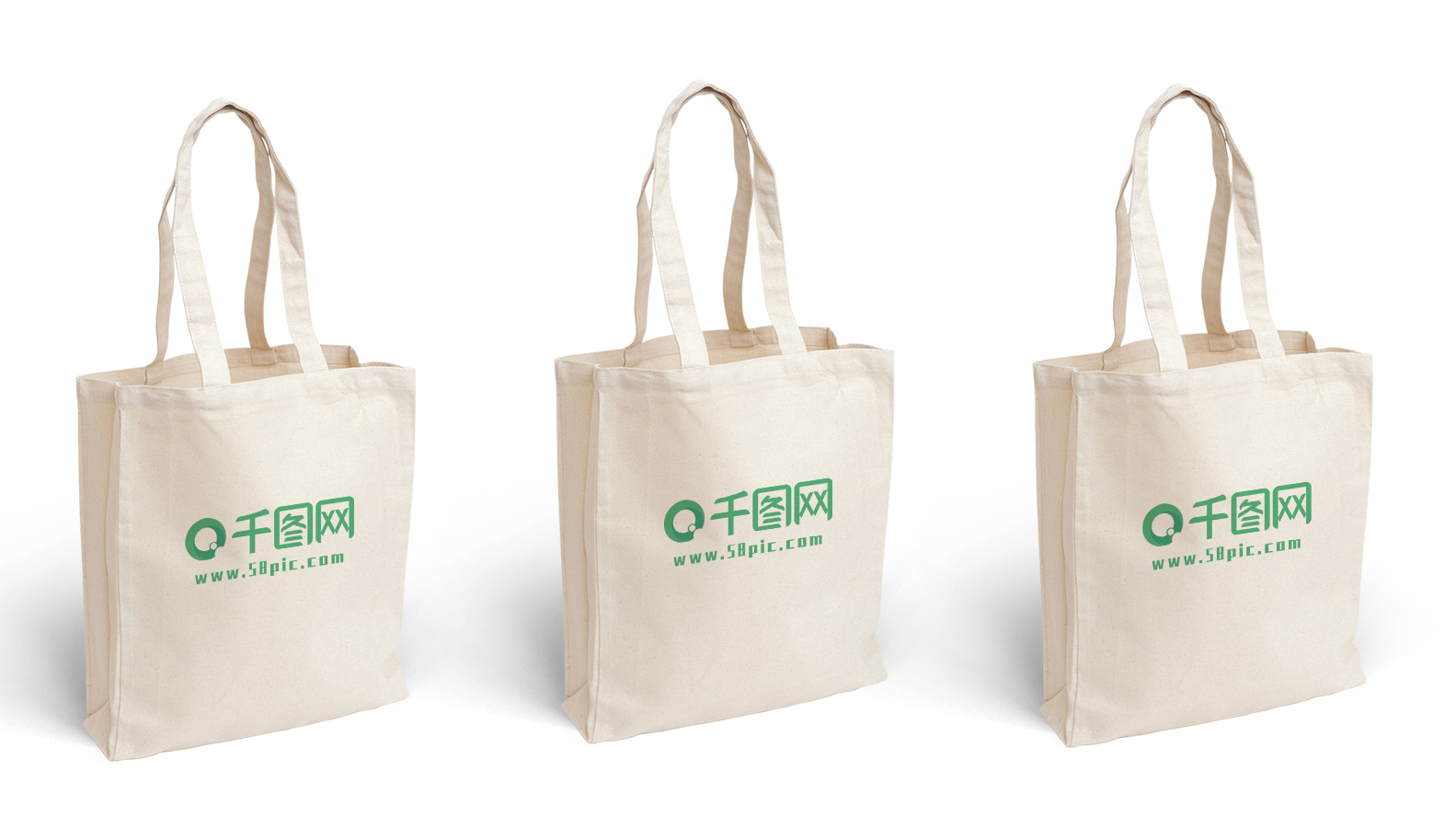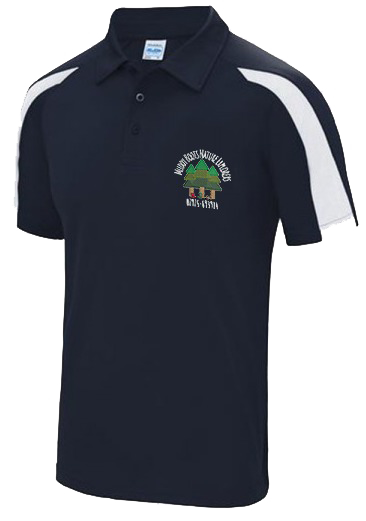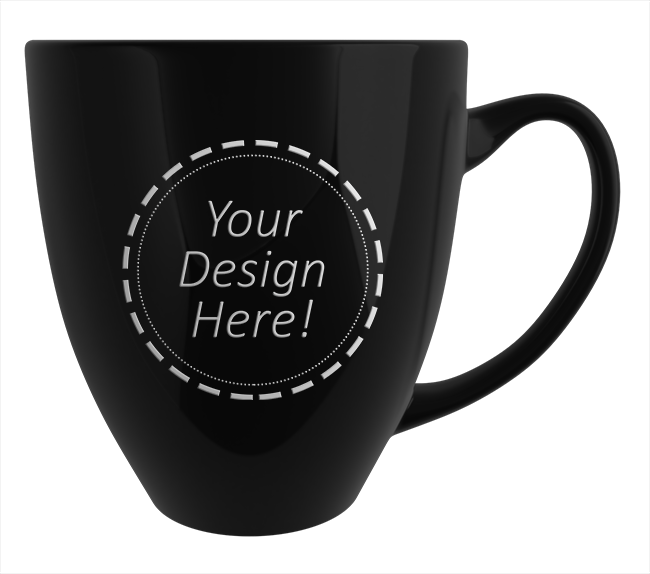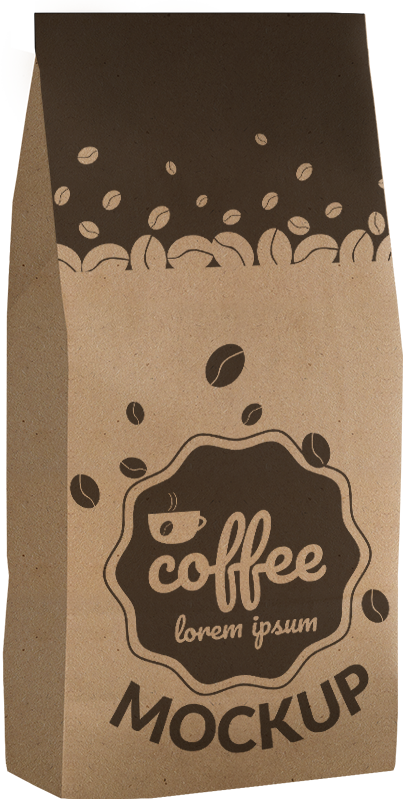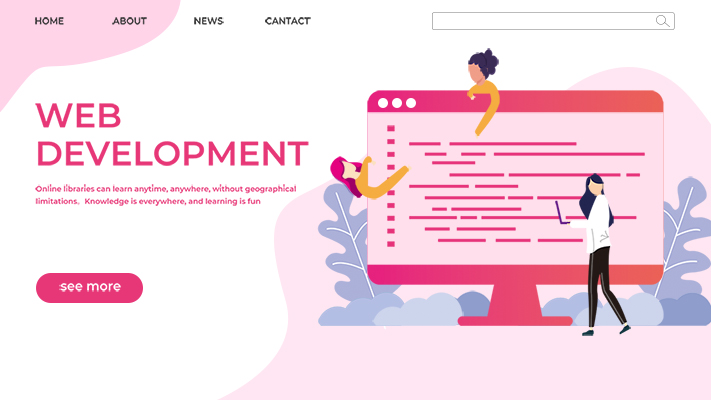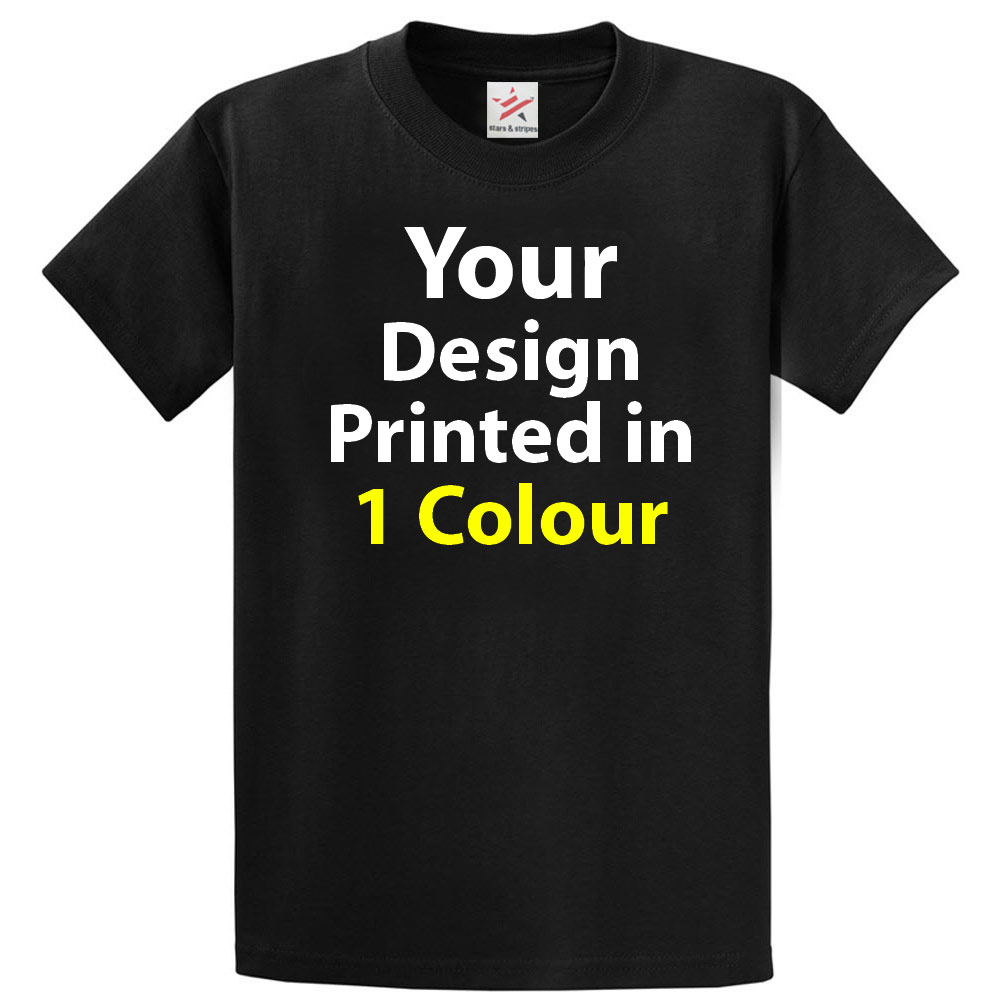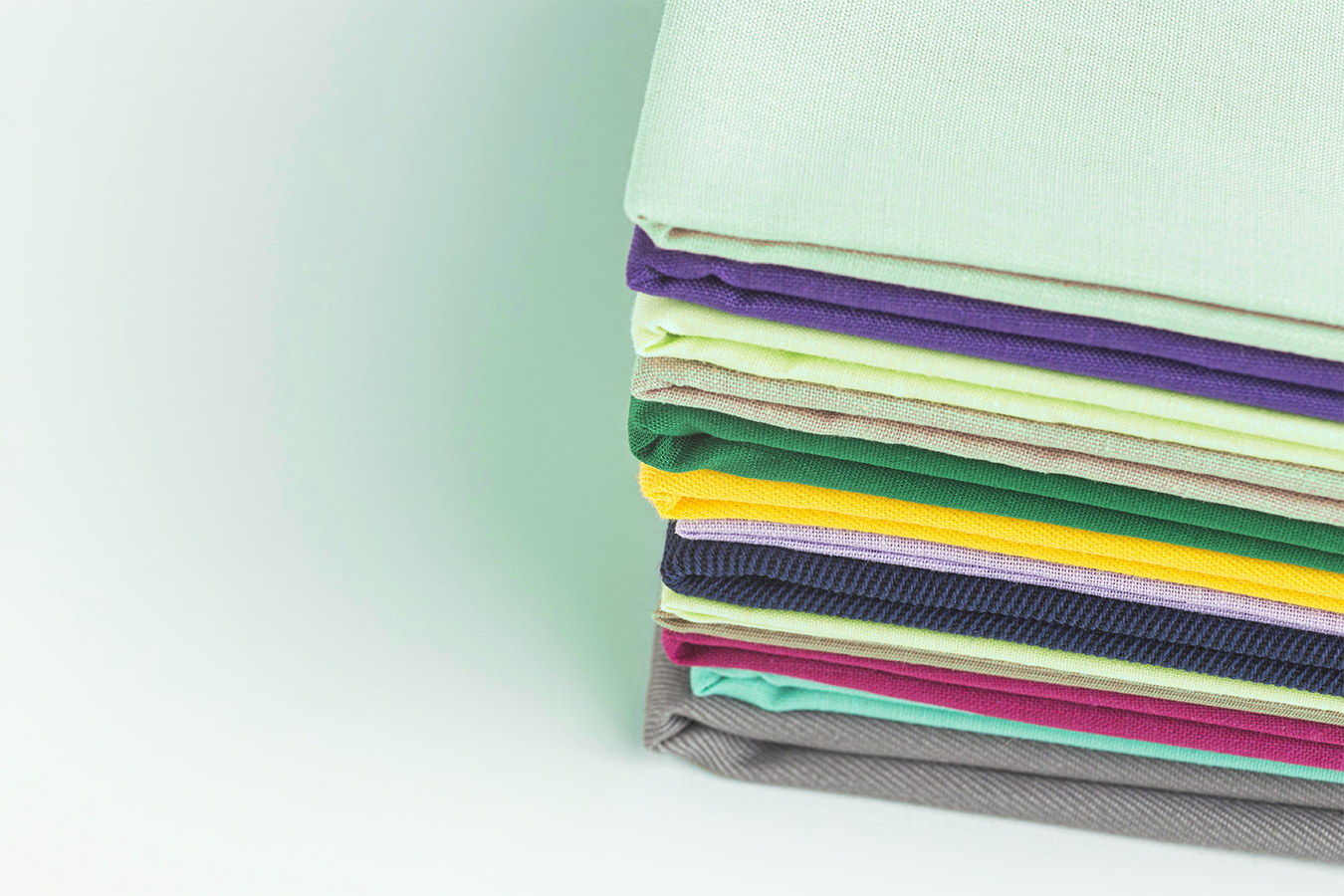
A Guideline for Designing Screen Printing Artwork
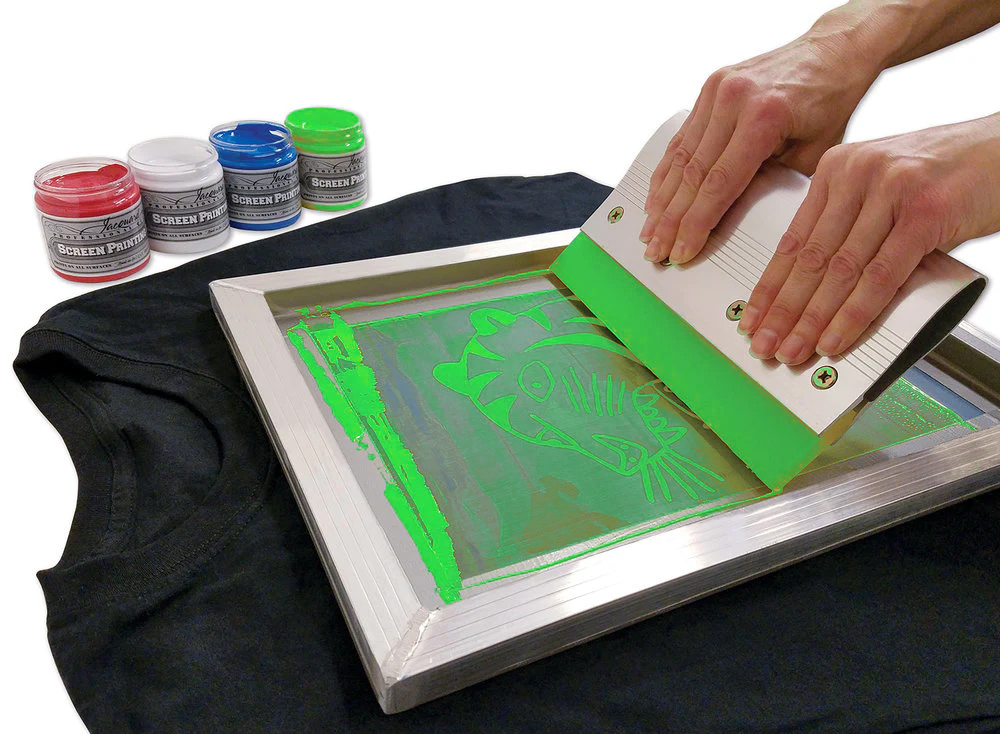
A Guideline for Designing Screen Printing Artwork
Screen printing is a versatile and creative technique used in Redbridge, Ilford that can produce stunning designs on various materials. Whether you want to make your own t-shirts, hoodies, tote bags, posters, or art prints, screen printing can help you express your style and personality.
Screen printing is a technique that has been around for centuries and has evolved over time to suit different needs and preferences. It is a technique that can create stunning prints on various surfaces with high quality and durability. The process is so easy that it can be done at home by anyone with little knowledge of the technique and tips to be considered. We have gathered some guidelines to help you, but first….
What is Screen Printing?
Screen printing also known as silkscreen printing or Serigraphy is a popular and versatile technique for creating custom designs on various surfaces, such as fabric, paper, wood, metal, plastic, and more. It involves transferring a stenciled design onto a surface using a mesh screen, ink, and a squeegee (a rubber blade).
The Process of Screen Printing
Screen printing can be done by hand or by machine, but the basic process is always the same. The process consists of the following steps:
Design Creation
The first step is to create the design that will be printed on the surface. The design can be drawn by hand or created digitally using software. The design is then printed on a transparent acetate film, which will serve as the stencil for the screen.
Screen Selection and Preparation:
The next step is to select and prepare the screen that will be used for printing. The screen is made of a mesh fabric that is stretched over a wooden or metal frame.
Screen Exposure:
The third step is to expose the screen to light using a light source, such as a lamp or a UV unit. The acetate film with the design is placed on top of the screen and pressed tightly against it. The light passes through the transparent areas of the film and hardens the emulsion on the screen, creating the stencil. The areas that are blocked by the design remain soft and can be washed away with water.
Screen Printing:
The fourth step is to print the design on the surface using ink and a squeegee. The screen is placed over the surface that will be printed on and aligned properly. A generous amount of ink is poured on one end of the screen and spread evenly with a squeegee. The squeegee is then dragged across the screen with firm pressure, pushing the ink through the open areas of the stencil and onto the surface below. The screen is then lifted carefully from the surface.
Curing and Finishing:
Last is the drying and setting the ink on the surface using heat or air. It ensures that the ink adheres well to the surface and does not fade or crack over time. Finishing refers to trimming, folding, cutting, sewing, laminating, or coating to enhance the finished product.
You should also consider the following tips in order to get best results:
Use vector graphics
Vector graphics are made of shapes and paths that can be scaled without losing quality or resolution. They are ideal for screen printing because they can be easily separated into different colors and layers, and they can produce crisp and clear prints. You can use software like Adobe Illustrator or Inkscape to create vector graphics.
Limit the number of colors.
Screen printing involves applying one color at a time using a stencil or a screen. The more colors you use, the more screens you need, and the more expensive and complicated the process becomes. Try to limit your artwork to no more than two to three colors.
Choose your colour palette wisely by playing off with contrasting colours. You can also use the color of the material as a background or a negative space. Make a light print design for a dark-coloured t shirt for your design to pop up and vice versa. Remember you have less colours to play with.
Avoid fine details and thin lines.
Try to simplify your design and use bold and solid shapes instead of intricate patterns or textures. Don’t forget to turn all your strokes and outlines into objects as a small point stroke disappears when the image is scaled down.
Don’t forget the focal point of Your Design
A hierarchy between the elements of a design, image, or text, is essential as elements with same weight visually tend to be boring. There are a variety of ways of creating a focal point, including size, colour and placement.
When something is larger than everything else, your eye will tend to notice it first. Similarly, if an element in your design is bright and vibrant than others you can direct the viewer to it and then other elements down the line.
Choose your fonts wisely.
Selection of fonts is as important in a design as any image or any other element. A wrongly selected font can not only ruin your design but will also convey a wrong message to the audience. One should also have knowledge of the nature and psychology of different fonts to use them appropriately in your design.
The key is to avoid too many fonts which will confuse a design. Never go for more than two fonts in one design, and those fonts should have some sort of contrast to stand apart; use one with serifs and one sans serif or a clean, traditional font with a twirling script.
Weight of the font is also to be kept in mind, preferably 18 points at least, to make it readable after printed.
To get more help on fonts read,
Selection of typefaces and fonts for printing and embroidery
Typography Trends in T-Shirt Designs In Essex London
Test your artwork before printing
Before you send your artwork to the printer, you should test it for any errors or issues that may affect the quality of the print. You also need to consider how your artwork will look on different sizes and shapes of materials. You can use a mockup tool or a template to preview how your artwork will look on the final product.
You can print your artwork on paper using the same size and colors as the final product, and check for any alignment, spacing, or color problems. You can also ask for a sample print from the printer before ordering a large quantity.
You can design your own customized t shirts, hoodies, polos, tote bags, towels and lot more with the help of our team of designers.
For screen printing and digital transfer services, visit: custommadetshirts.co.uk



